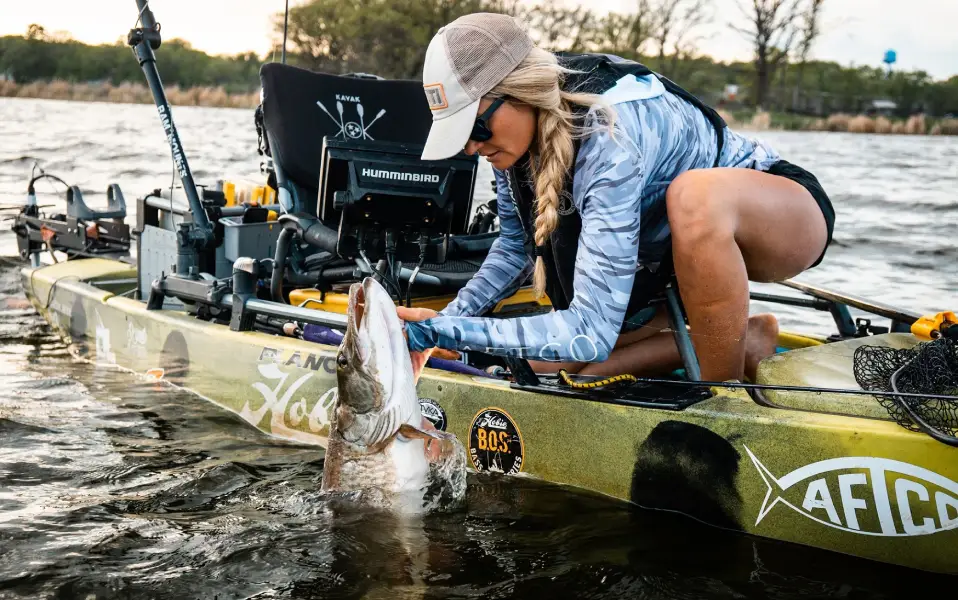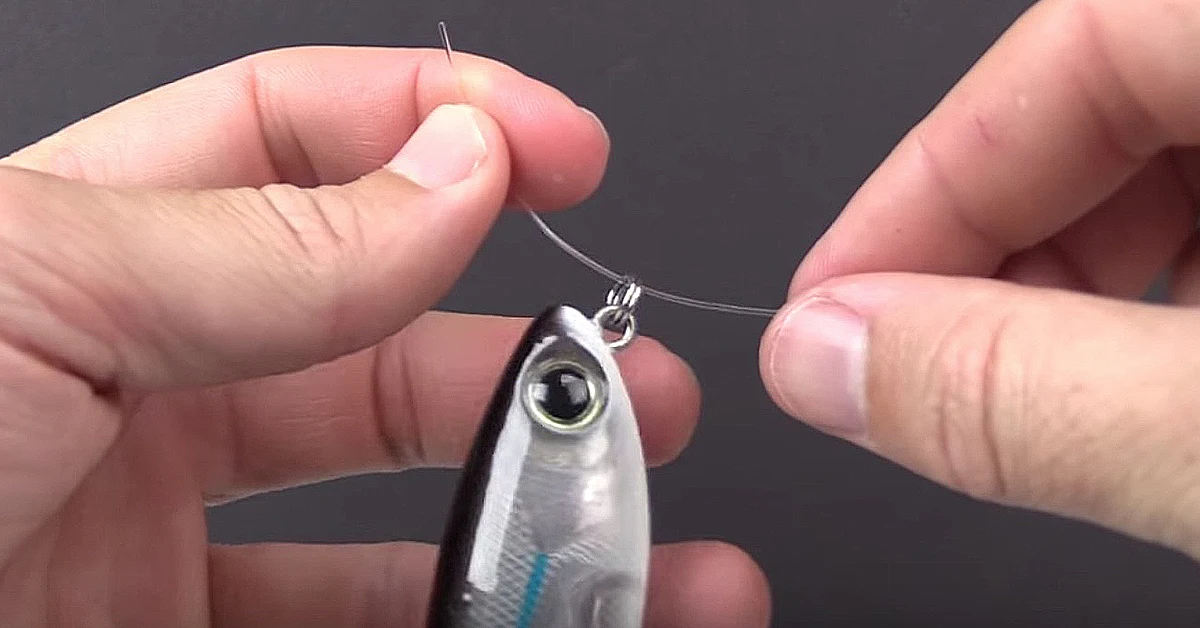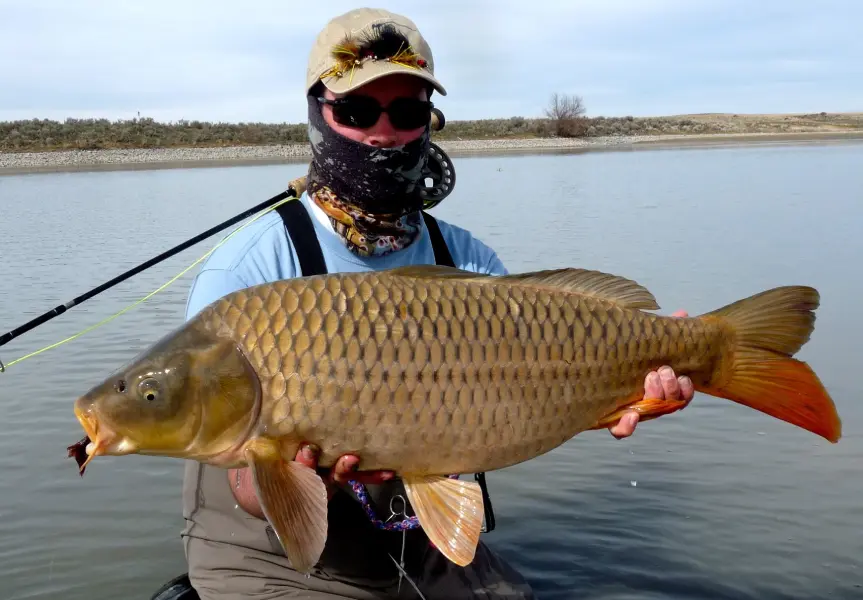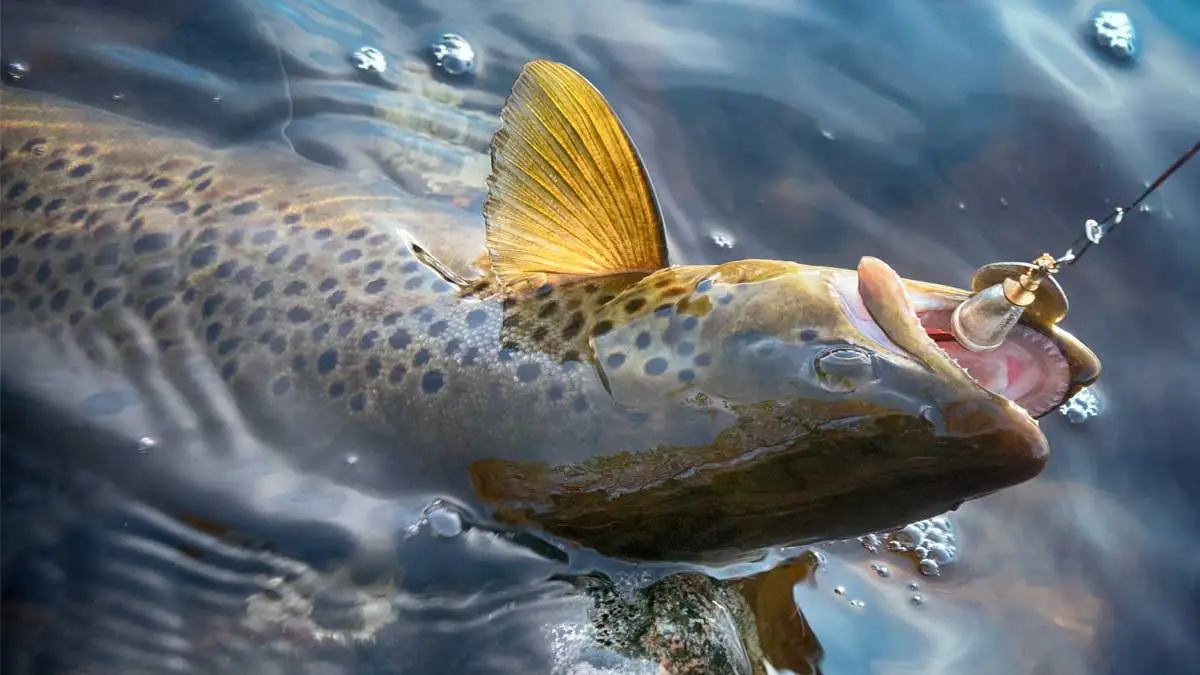Introduction:
Kayak fishing has gained immense popularity among anglers in recent years, and for good reason. This thrilling and accessible form of fishing allows you to explore remote waters, reach elusive fishing spots, and enjoy a close connection with nature. However, to make the most of your kayak fishing adventures, it’s crucial to equip yourself with the right knowledge and techniques. In this article, we will delve into a range of kayak fishing tips and techniques that will elevate your angling experience.
- Choosing the Right Kayak: Selecting the right kayak is the foundation of successful kayak fishing. Consider factors such as stability, maneuverability, and storage capacity. Sit-on-top kayaks are a popular choice due to their stability, ease of entry and exit, and ample storage space for gear.
- Paddle Techniques: Proper paddle techniques are essential for efficient and effortless maneuvering. Learn the basic paddle strokes, such as the forward stroke, reverse stroke, sweep stroke, and draw stroke. Practice these techniques to enhance your control over the kayak and maintain a steady position while casting or reeling in a catch.
- Safety Precautions: Prioritize safety whenever you venture out on the water. Always wear a personal flotation device (PFD) and ensure it fits snugly. Familiarize yourself with basic rescue techniques and carry essential safety equipment, including a whistle, flashlight, and first aid kit. Check weather conditions before heading out and be prepared for unexpected changes.
- Understanding Tides and Currents: Tides and currents play a significant role in kayak fishing. Study tide charts and understand how they affect the movement of fish and their prey. Use the tides and currents to your advantage, positioning yourself in areas where fish are likely to congregate.
- Stealth and Quietness: Kayaks offer a stealth advantage over traditional boats, allowing you to approach fish more quietly. Minimize noise by keeping gear organized and secured, avoiding sudden movements, and using a paddle leash to prevent accidental noise from paddle contact.
- Fishing Gear Essentials: When it comes to gear, prioritize portability and functionality. Invest in a quality kayak fishing rod and reel that can handle a variety of species. Carry a selection of lures, hooks, and bait suitable for your target species. Utilize gear tethers to prevent accidental loss of equipment in the water.
- Anchor Techniques: Anchoring your kayak is crucial to maintaining position and stability while fishing. Learn different anchoring techniques, such as using a traditional anchor, drift socks, or stakeout poles. Practice setting and retrieving anchors to master this essential skill.
- Casting from a Kayak: Casting from a kayak requires practice to maintain balance and accuracy. Practice casting in different directions and angles to improve your aim. Consider using shorter rods and adjusting your casting technique to accommodate the limited space on a kayak.
- Kayak Rigging: Customize your kayak to maximize efficiency and convenience. Install rod holders, paddle holders, and gear tracks to keep your equipment within easy reach. Use anchor trolley systems to adjust your anchor position from different points on the kayak, depending on the wind or current.
- Staying Hydrated and Comfortable: Prolonged hours on the water can be physically demanding, so it’s essential to stay hydrated and comfortable. Carry an adequate supply of water and snacks, wear appropriate clothing for weather conditions, and invest in a comfortable kayak seat and adjustable footrests.
Conclusion:
Kayak fishing provides a unique and rewarding angling experience, combining the thrill of fishing with the tranquility of being on the water. By following these tips and techniques, you can enhance your skills, increase your chances of success, and fully immerse yourself in the joys of kayak fishing. Remember to always prioritize safety, respect the environment, and practice responsible angling. So, gear up, hit the water, and get ready to embark on unforgettable kayak fishing adventures.
![]()





